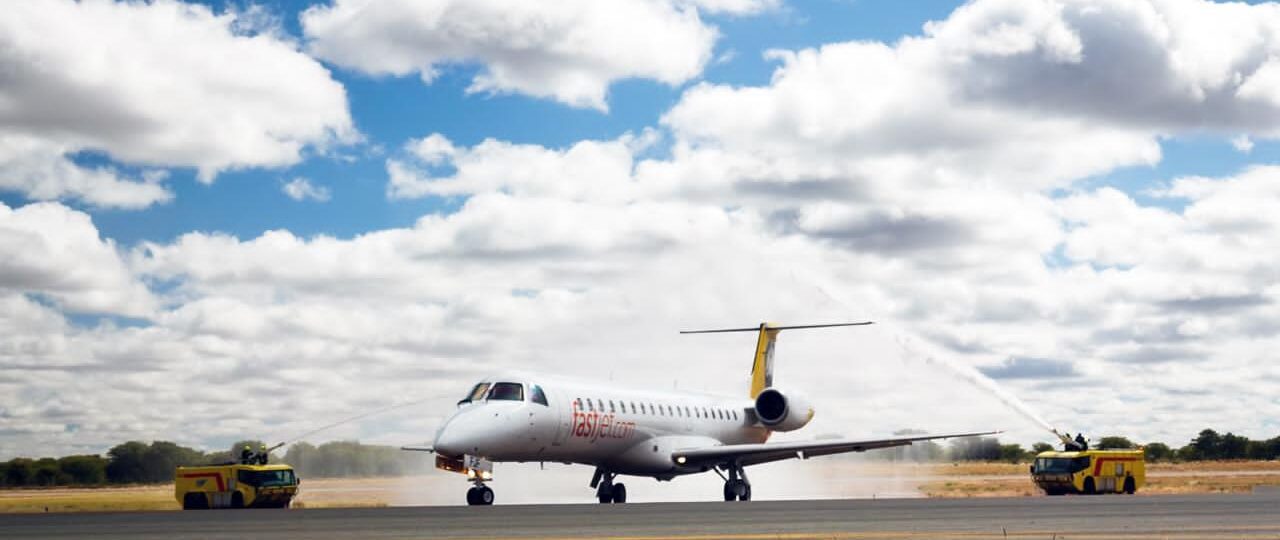By Derek Nseko
Climate action is arguably the greatest challenge of our generation. Sustainability is more than just a slogan. Our planet is in peril and it’s our responsibility to save it. It is a responsibility that transcends nations and industries.
Aviation by its very existence is inherently driven towards sustainability, with new generation aircraft providing more fuel savings and efficiencies. The industry has on average reduced jet fuel burn by 50% in the last 30 years, resulting in lower carbon emissions, however the global population has grown, along with commercial air traffic, meaning that those gains are not reflected in the industry’s net contribution to global emissions.

In 2009, the aviation industry set a goal of reducing net CO2 emissions by 50% before the year 2050 and in line with the Kyoto protocol. But in 2015, the Paris agreement had transformed the impetus of climate action, propelling the aviation industry to advance its target and set the more ambitious goal of Net-Zero emissions by 2050.
Aviation will be one of the toughest industries to decarbonize, but what is a goal without a plan, and how does the industry plan to achieve its decarbonisation targets:
Aviation Operational efficiencies
While introduction of new aircraft that are lighter and with more efficient engines will continue to be a positive step, more operational efficiencies need to be achieved including navigational solutions such as flying more direct routes, cruising at optimal altitude and speed, and decreasing traffic delays at airports and in-flight.
Sustainable Aviation Fuel (SAF)
Perhaps the most realistic short term pathway towards decarbonisation is the adoption and widescale use of Sustainable Aviation Fuel (SAF). SAF is made from sustainable feedstock and animal waste and has the capability to reduce emissions by up to 80%. Currently, the aviation industry needs to scale up its production and reduce its cost which is almost 4 times that of conventional kerosene fuel. For this to happen, a concerted effort will be required from government and industry. Today, new generation aircraft are being certified to fly with SAF.
New Propulsion technology
The industry is already rethinking power. Electricity and hydrogen are the two most viable alternatives with the effect of cutting emissions. Today, small electric powered aircraft are already in Operation, however the commercial air transport industry will need time with battery technology still a long way from powering passenger aircraft.
Hydrogen while interesting will require a radical change in aircraft design and a whole new support ecosystem to drive commercial air transport.
While the industry contributes only 2% to global emissions, the industry is serious about addressing its climate responsibility. Only time will tell if 2050 is a goal too ambitious.
Derek Nseko ✈️. Entrepreneur. Pilot |Founder | CEO| Publisher | Aviation analyst | AvGeek @airspaceafrica | @ifly_aviation.




